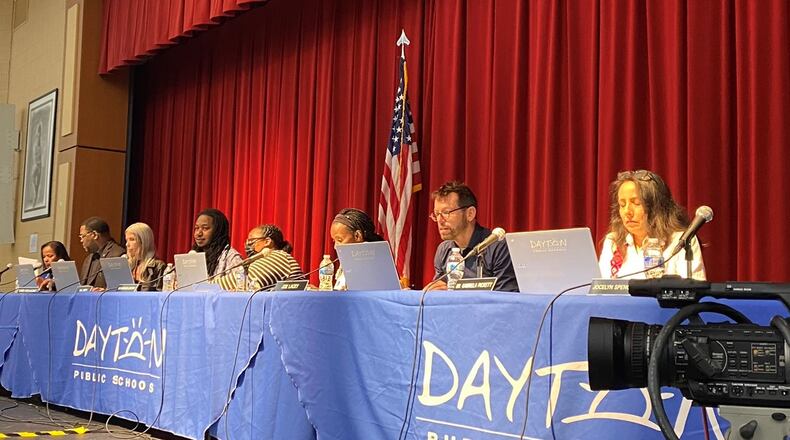Last summer, the district announced that its students had seen their state test scores rise in reading and math after using the two-teacher model, which put two teachers in each classroom in grades 1-3 — one who taught math and the other who taught English, at the same time.
The district’s human resources department said about 210 teachers have been hired this year, which isn’t enough for all the positions the district needs. July 10 was the first day schools knew for certain what teachers they had and how many. Until that date, teachers who are leaving for jobs in other districts can do so without penalty.
In the dual-teaching model, the teachers would teach their separate subjects at the same time, something that Interim Superintendent David Lawrence said frustrated teachers. He said the feedback he’d gotten from principals and teachers indicated teachers supported a model with two teachers in a classroom, but with both teachers teaching the same subject at the same time.
“The teachers thought, hey, relieving class size is great, but not teaching the same stuff is the pushback,” he said.
Lawrence also said the district’s third-grade reading level had dropped by about six points. Local schools have gotten back preliminary state test results, but those haven’t yet been released to the public.
But several school board members said they were concerned about making such a change just shortly before school started, especially when the model had been working previously.
“I’m concerned because meeting the benchmark for the third-grade reading guarantee is the most crucial benchmark as an indicator for success in children’s academic lives,” said Jocelyn Rhynard, DPS board member. “And we have really done a good job with the double-teaching model, not only in relieving teachers (of) a great deal of the incredibly hard work that they have, but cutting the student-teacher ratio in half.”
Board member Gabriela Pickett also expressed concern, asking why this was the first time the board had heard about it. District staff said the idea had just been discussed the previous week.
The dual-teaching model is something that Lolli came up with herself, so there isn’t any research on its effectiveness. It was implemented in the 2021-2022 school year. But there is a significant amount of research evidence for smaller class sizes, in part because students are more likely to get the help they need.
About the Author

